The most common diseases of cucumber seedlings and their treatment
Cucumber seedlings do not always grow without problems. Young seedlings are susceptible to disease, just like adult plants. Consider the most common diseases, pests and methods of dealing with them.
Seedlings stretched out
Cucumbers are grown as seedlings on the windowsill, because they do not have time to adapt in the open field and bring a good harvest before the onset of cold weather. At this stage, it is important to track whether the seedlings are developing well.
If the seedlings are stretched out, then the reason for this was the wrong conditions: a lack or excess of light. During growth, seedlings should be kept in a cool, shaded place at a maximum air temperature of no higher than 22 ° C.
There is an easy way save elongated seedlings... To do this, the stem must be folded into a loop, pressed against the soil and sprinkled on it. So growth will slow down, a branched root system will form.
Advice! Seedlings are sometimes pulled out even with proper care. Therefore, gardeners recommend planting seeds in deep cups to add additional soil if necessary.
Yellowing of leaves
Leaves turn yellow for several reasons:
- improper care;
- pests;
- fungal disease.
The first reason is the most common. In a tight container, a developed root system will eventually begin to experience a deficiency of nutrients. There should be enough soil, so seedlings with yellow leaves are relocated. A transplant at the stage of two true leaves is a mandatory procedure. Another solution to the yellowness problem is to fertilize the soil with a nitrogen content.
Another reason for yellowness is excess sunlight. In this case, the spots on the sheet plates are burns. Do not forget to shade the seedling container.
Withering
If there is a sharp wilting of cucumber seedlings, the most likely cause is soil fungus. It penetrates the root system, destroying it. At first, the plant stops developing. Then the upper part withers, and behind it all the seedlings. You need to dig up the roots and see: if they have brown rings, this is definitely a fungus.
There are two types of sharp wilting:
- Fusarium. It is characterized by a temperature of content above + 25-28 ° C and dry air.
- Verticillium arises from a temperature of 16-20 ° C.
When transplanted into open ground, cucumbers with diseased roots are removed. The soil is cleaned of the remnants of last year's vegetation and disinfected with a fungicide.
Blackleg
This disease affects not only cucumbers, but also other garden crops. Blackleg is a fungus that lives in the soil. Under certain conditions, it begins to actively develop and infect seedlings. At the very ground, the stems turn black. The fungus blocks the movement of nutrients through the plant, it gradually withers and tilts to the ground.
Favorable conditions for the development of the black leg:
- Planting too close, causing thickening.
- Increased soil moisture.
- A sharp change in lighting and air temperature during the day and night.
Blackleg is a serious and incurable disease. It is useless to fight with it, therefore, if the fungus has infected the sprout, then it is immediately removed, and the soil is urgently treated with a fungicide.
To eliminate the risk of such a disease, you need to calcine the soil before planting seeds in it. Processing is carried out in a microwave or oven. Spread the soil on a brazier and place in an oven heated to 180 degrees for 40 minutes.To steam the soil, moisten it, pour it into a glass dish and microwave it for 10 minutes at maximum power. The planting container must also be decontaminated.
Advice! If the fungus has settled on the seedlings, it is not enough to get rid of diseased shoots. It is necessary to disinfect the dishes for planting. Before moving to the garden, etch the soil (for example, spill with a solution of potassium permanganate).
Medyanka
Copperhead, or anthracnose, is a fungal disease that affects the leaves, and if you start it, then the fruit of the cucumber. It appears with brown spots. After a while, the affected foliage dries and crumbles. If the seedlings are sick with copperhead, then they can no longer be saved. This disease can only be prevented.
All affected plants are removed. If some part of the seedlings survived, then it is sprayed with a 1% solution of Bordeaux liquid.
Powdery mildew
A common disease in cucumbers is powdery mildew. Its causative agent is a fungus, due to which the cucumber leaves become covered with a cloudy whitish bloom. In appearance, it resembles flour, hence the name of the disease. At the first sign of powdery mildew, you need to start treatment. The longer the plant is sick, the less chance of recovery. If you do not overcome the fungal disease, then the fruits of the cucumbers will be underdeveloped, crooked, soft and unpleasant in taste.
How powdery mildew is treated:
- All affected parts are removed.
- The soil is treated with a disinfectant solution. Watering is not only the soil in the container where the diseased seedlings grew, but also all the neighboring plantings. Preparations for processing: "Topsin", "Karatan".
Gray rot
This fungus attacks all parts of the cucumber. At first, the plants are covered with a gray bloom, then it becomes dark and moist. Gray rot occurs due to excessive humidity and cold watering.
Gray rot treatment:
- All affected parts are removed.
- Sections are processed with lime or copper sulfate solution.
White rot
White bloom on the leaves and stems of seedlings is also a fungal disease. It is easy to identify it by its appearance: the plaque resembles cotton wool. If left untreated, it becomes slimy. Causes of white rot: high humidity in the room, rare ventilation.
To get rid of an unpleasant disease, you need to cut off all the affected parts of the plant. Treat the sections with copper sulfate or sprinkle with lime.
Advice! You need to start treatment at the first sign of white rot. If you start it, then the plant will have to be dug up and burned, otherwise the infection will spread to neighboring plants.
Root rot
Both young seedlings and mature plants can suffer from root rot. This disease is dangerous in that its symptoms appear much later than infection, when rot passes from the roots to the stem. If the plant is struck by this infection, then it must be removed, it can no longer be cured.
Only prevention will help to avoid root rot of cucumber seedlings. The first step is to process the seeds for planting. They are disinfected so that all root rot spores die. The soil for planting also needs to be disinfected. Too frequent watering and sudden changes in temperature can provoke root rot.
Cucumber mosaic
If light spots cover the entire leaf plate in the form of a mosaic, then this is a dangerous viral disease. Its causative agent is a virus, and its vectors are parasitic insects: whitefly and aphids. The infection destroys chlorophyll and the cells die. The affected leaf curls up over time and falls off, later the whole plant dies. If the cucumbers get sick with the cucumber mosaic, they need to be dug up and burned so that the virus does not spread.
Cucumber pests
Cucumbers growing on the windowsill can be exposed to pests, although this happens less often than with seedlings in the open field. What pests love cucumber seedlings:
- Spider mite. The parasite settles on the lower surface of the leaf plate; it is easy to detect it by the cobweb. If the pest is not eliminated, the cucumber leaf will dry up and fall off. The tick loves dry air, so insufficient humidity provokes its appearance. As a preventive measure, cucumbers are sprayed with water in dry weather. To get rid of the spider mite, you need to treat the plant with onion peel infusion: pour 100 g of raw materials with 5 liters of water and leave for 5 days.
- Aphid. This miniature insect is difficult to notice, since its body is 2 mm long. More often, aphids are found when they form a colony. This insect multiplies rapidly, causing the stem and leaves to dry out. Tobacco infusion will help against aphids: pour a filling of 20 cigarettes with a liter of water, bring the mixture to a boil and boil for 10 minutes. It is enough to spray the affected plant with this agent once so that the entire aphid colony will die.
- Whitefly. If she settled on cucumber seedlings, then all the leaves will begin to turn yellow, curl and fall off. Against this insect tobacco infusion also helps, but more concentrated.
General rules for the care of cucumber seedlings and disease prevention
Diseases of cucumber seedlings can be easily prevented by observing comfortable conditions. Basic rules for caring for seedlings:
- Cucumbers are a thermophilic culture, so they are watered only with warm water (25-27 ° C). Watering with cold water is contraindicated.
- The soil should not be waterlogged, this leads to the development of fungal diseases.
- Seedlings should not be exposed to drafts.
- The temperature in the room where the cucumbers grow should be constant: permissible fluctuations are from +18 to + 23 ° С during the day.
- Air humidity, optimal for seedlings, 70-75%.
- Top dressing is necessary: the first is done in the phase of two true leaves, the second - three or four leaves. The interval between dressings is 8-10 days.
Prevention rules:
- Seeds are planted 25-30 days before relocation to open ground. If you do this later, then weak and small shoots may not take root after a pick, if earlier, then you will get elongated overgrown seedlings, from which healthy fruit-bearing bushes will not form.
- Before planting, seeds must be soaked in a solution of potassium permanganate. This procedure not only disinfects, but also makes the seedlings more hardy.
- It is better to purchase soil in specialized stores. It is good if it is similar to the one in which the cucumbers are to grow in the garden or under the film.
- Garden soil must be disinfected, loosened and saturated with fertilizers, otherwise it will be difficult for seeds to germinate in it.
- Before planting, a drainage layer of expanded clay is laid in the container.
- Sow seeds at a distance so that the sprouts do not touch each other. This will prevent them from being pulled out.
- Watering is carried out in the morning. If the plant "falls asleep" with wet leaves, it will be struck by a fungus.
- Seedlings must be protected from direct sunlight.
Diseases of cucumber seedlings are numerous. The fight against them begins even before planting the seeds. Seedlings from disinfected seeds in healthy soil will bother the gardener much less often.
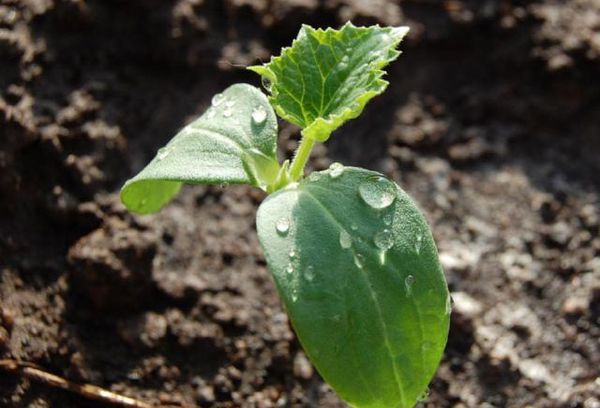
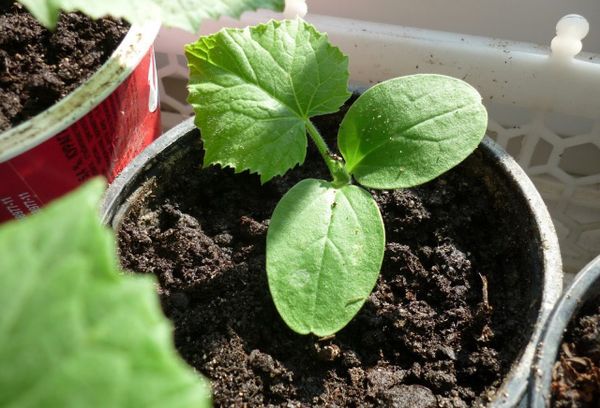
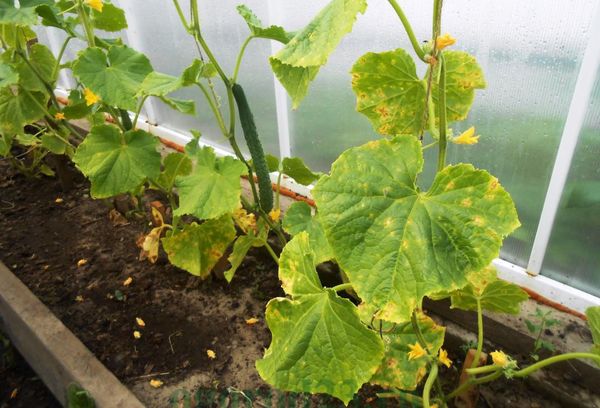
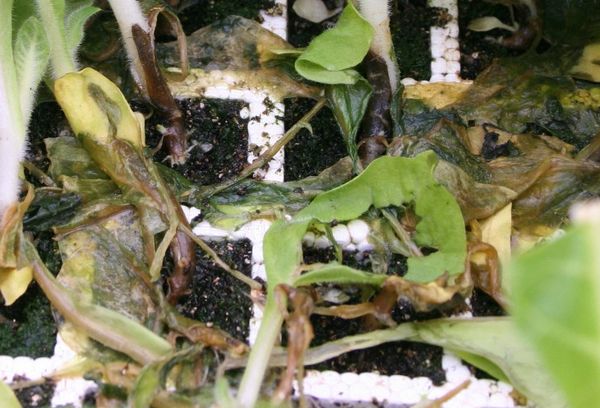

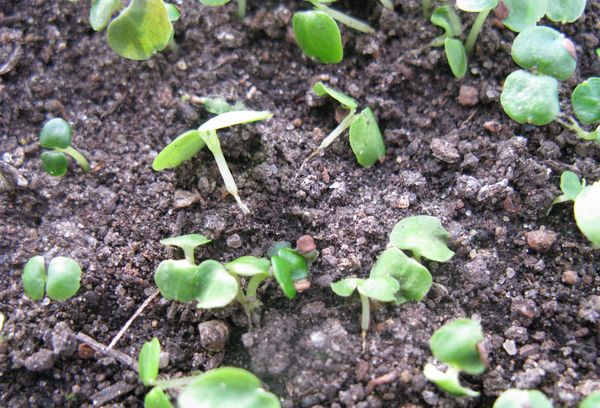
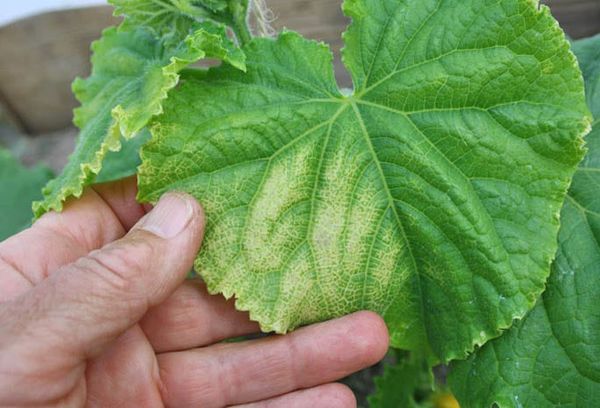
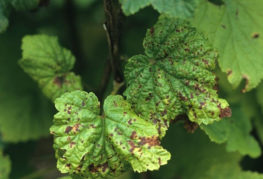
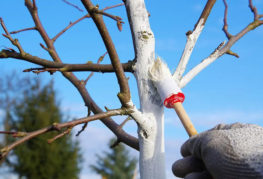
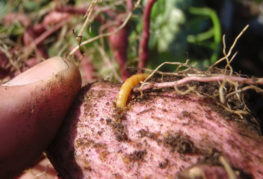
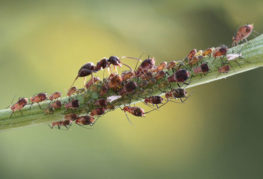
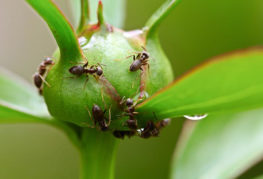
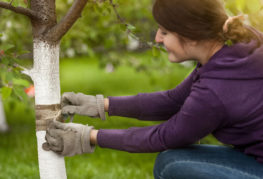
and will be published shortly.